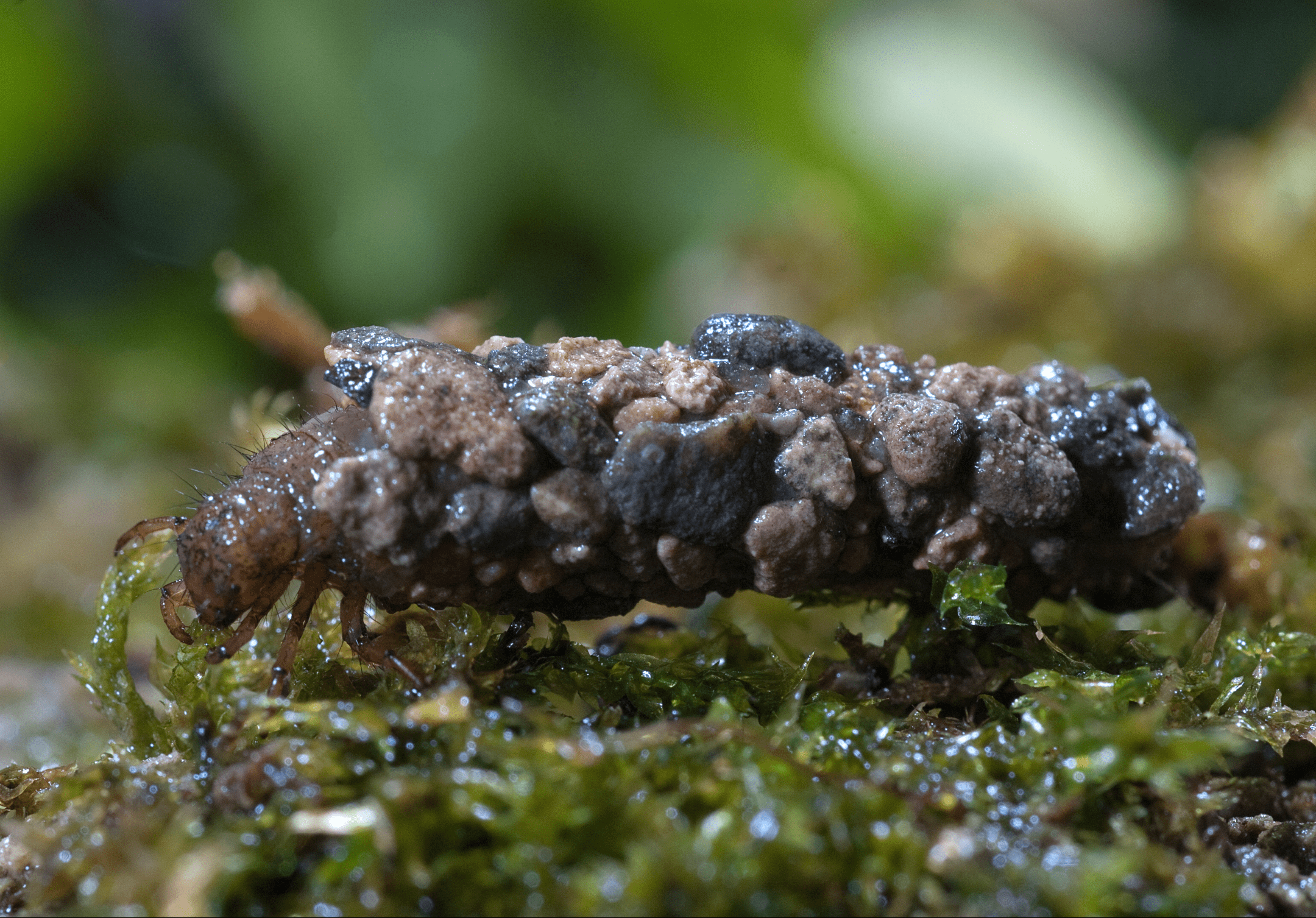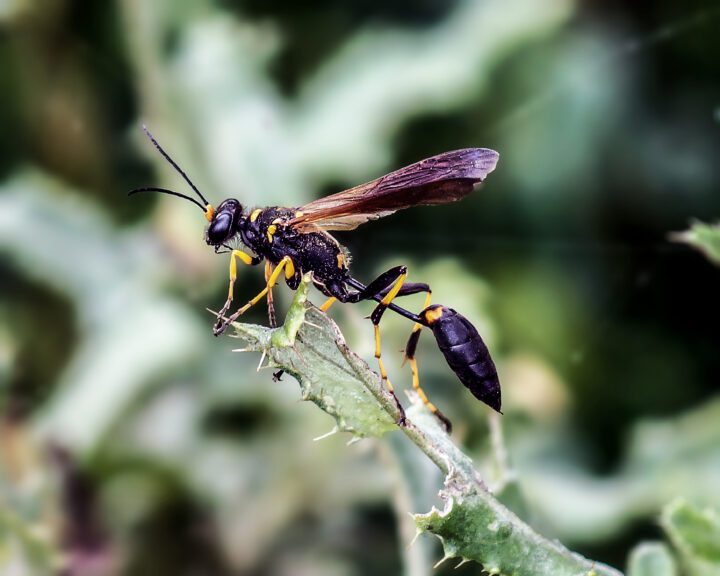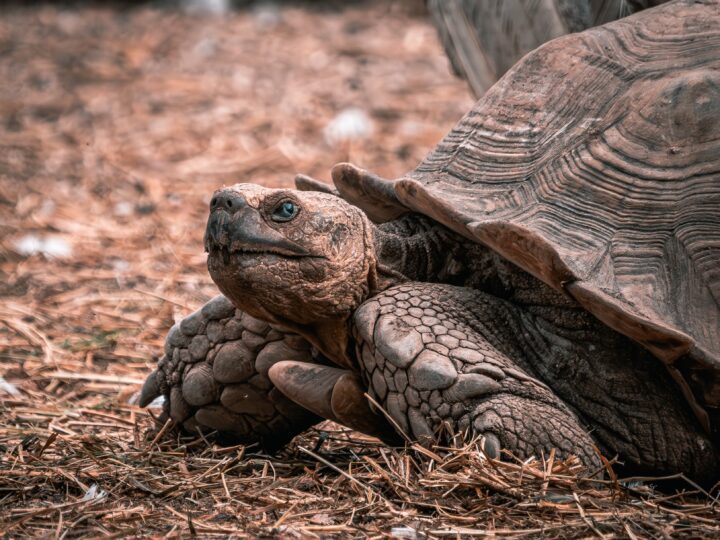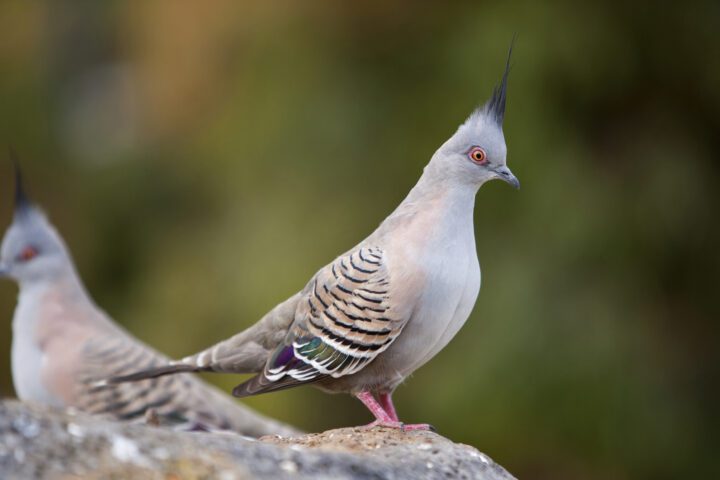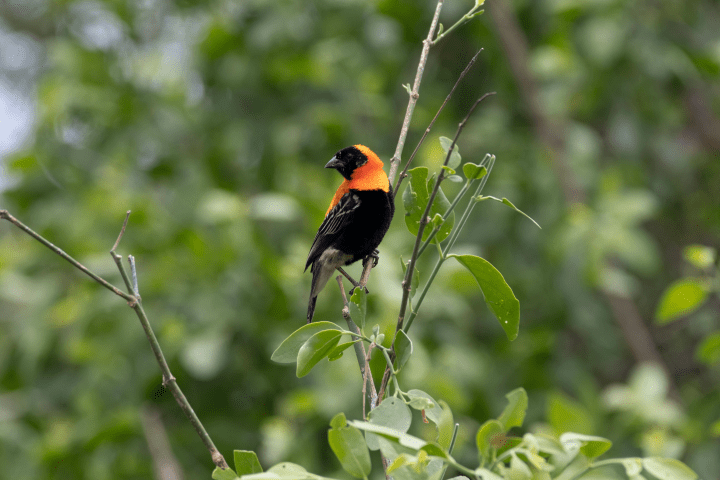Protect From Animals
Animals–organisms that range from microscopic to larger than a bus–embody a wide variety of harms to living systems, including other animals. They threaten through predation, herbivory, defense, and parasitism, and they compete for resources such as water, nutrients, and space. Any given living organism commonly faces threats from a variety of animals, requiring strategies that effectively defend from each. Trout and other bony fish, for example, escape predators by having scales made of very thin, flake-like pieces of bone covered with slippery mucus. They also have behavioral strategies such as camouflage, fast swimming, and twisting and turning to achieve release from a predator’s grip.
Physically Assemble Structure
Living systems use physical materials to create structures to serve as protection, insulation, and other purposes. These structures can be internal (within or attached to the system itself), such as cell membranes, shells, and fur. They can also be external (detached), such as nests, burrows, cocoons, or webs. Because physical materials are limited and the energy required to gather and create new structures is costly, living systems must use both conservatively. Therefore, they optimize the structures’ size, weight, and density. For example, weaver birds use two types of vegetation to create their nests: strong, a few stiff fibers and numerous thin fibers. Combined, they make a strong, yet flexible, nest. An example of an internal structure is a bird’s bone. The bone is comprised of a mineral matrix assembled to create strong cross-supports and a tubular outer surface filled with air to minimize weight.
